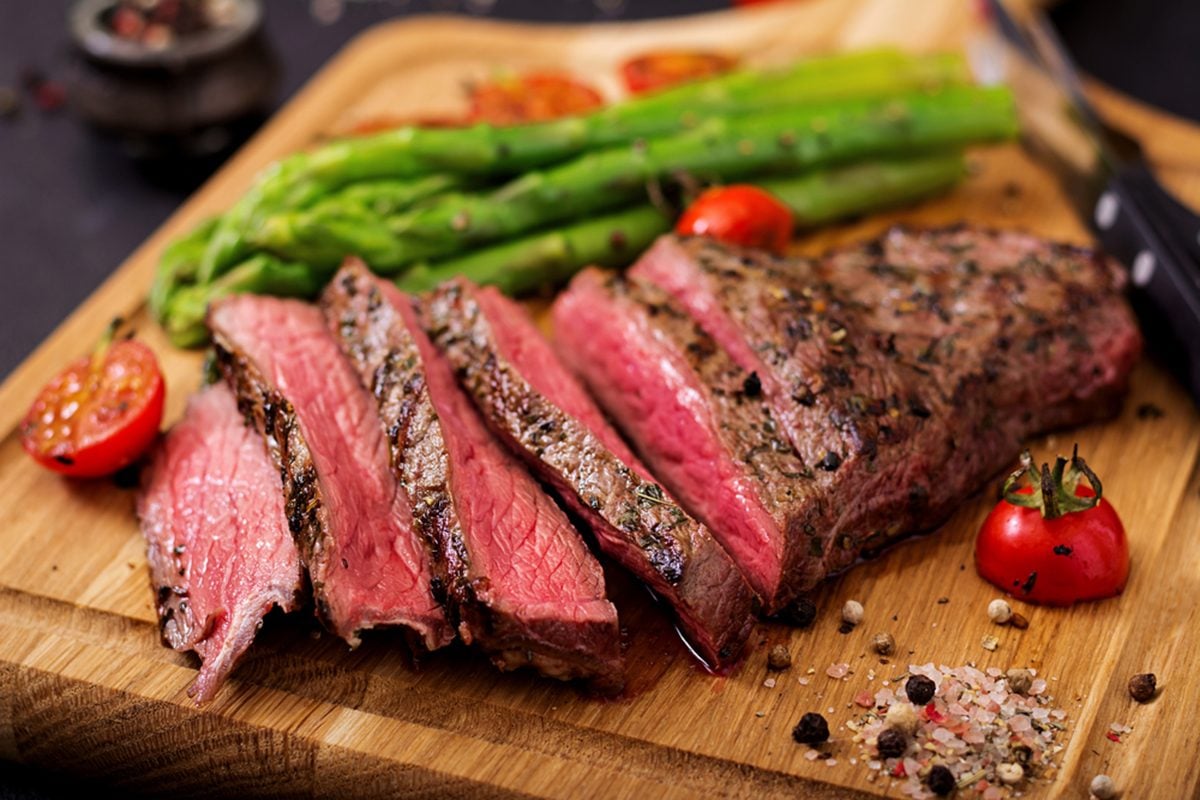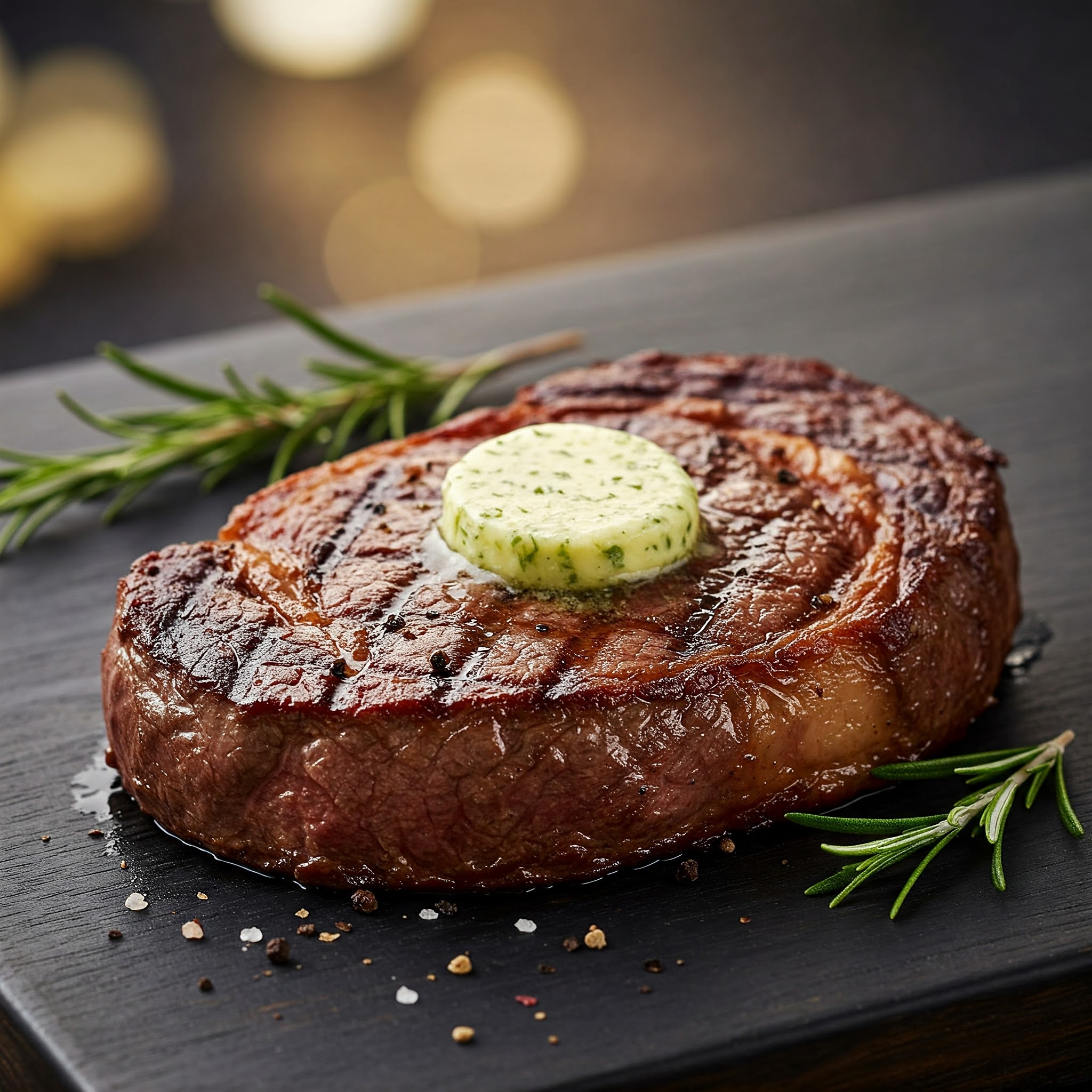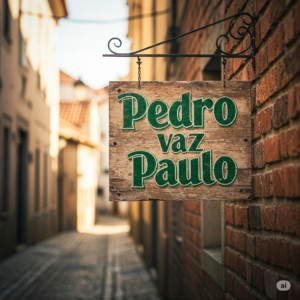The Perfect Medium Rare Steak A Complete Guide to Mastering Juicy Flavorful Steaks
Introduction Why Medium Rare is the Gold Standard of Steaks
When it comes to steak, few phrases evoke as much passion as “medium rare.” For steak enthusiasts and chefs alike, medium rare is widely celebrated as the perfect balance between tenderness and flavor. But what exactly makes this doneness level so revered? A medium rare steak is typically cooked to an internal temperature of about 130°F to 135°F, resulting in a warm, red center that is juicy and full of flavor. The steak’s outer crust is beautifully seared, while the inside remains tender and succulent.
Historically, steak has been enjoyed in various forms and cooking styles across cultures, but modern steakhouse cuisine has cemented medium rare as the epitome of proper steak preparation. Whether you’re dining at a high-end restaurant or grilling in your backyard, medium rare offers the best of both worlds—robust flavor and melt-in-your-mouth texture.
Nutritionally, medium rare steak retains more of the natural juices, vitamins, and minerals than steaks cooked to higher temperatures. This means you’re not only getting great taste but also preserving the integrity of the meat’s nutrients. With the rise of gourmet cooking at home, mastering the art of cooking a medium rare steak has become a culinary goal for many. Let’s delve deeper into why this cooking method stands out and how you can perfect it in your own kitchen.
Understanding the Science Behind Medium Rare
The secret behind a perfect medium rare steak lies in the fascinating science of cooking. One of the key processes at work is the Maillard reaction, a chemical reaction between amino acids and sugars that occurs when meat is exposed to high heat. This reaction is what gives your steak its irresistible browned crust and complex, savory flavor. Achieving medium rare means balancing this flavorful exterior with a tender, juicy interior—a true culinary art.
Temperature plays a crucial role. At 130°F to 135°F, the muscle fibers of the meat have contracted just enough to create a firm texture, while still retaining ample moisture. Go beyond this range, and the proteins tighten up too much, squeezing out juices and leading to a tougher steak. That’s why precision is essential when aiming for medium rare.
Safety concerns often arise when discussing undercooked meat. However, a medium rare steak is safe to eat when prepared properly, especially when using high-quality beef from trusted sources. The outer surface, where bacteria reside, gets fully seared during cooking, making the steak safe while keeping the inside luscious and pink. Certain cuts of beef, like ribeye, sirloin, and filet mignon, are particularly well-suited for medium rare cooking due to their marbling and texture. Understanding these elements helps you appreciate the delicate dance of science and art in each bite of a medium rare steak.
Step-by-Step Guide to Cooking the Perfect Medium Rare Steak
Cooking a flawless medium rare steak starts long before the meat hits the heat. First, choose the right cut. Ribeye is prized for its marbling, while filet mignon offers exceptional tenderness. Look for beef with good marbling—those thin streaks of fat within the muscle—which ensures flavor and juiciness. Let the steak come to room temperature before cooking, and season it generously with salt and freshly ground pepper. Some prefer a marinade for added flavor, but high-quality steak shines with minimal seasoning.
For cooking, you have several options. Pan-searing on the stove is a classic method. Heat a cast-iron skillet until it’s smoking hot, then sear the steak for about 3–4 minutes per side, depending on thickness. Grilling offers a smoky flavor, and sous vide provides precise temperature control—cook the steak in a water bath at 130°F, then finish with a hot sear for a perfect crust.
A meat thermometer is your best friend here; aim for an internal temperature of 130°F to 135°F. Once cooked, let your steak rest for at least 5 minutes. This allows the juices to redistribute throughout the meat, preventing them from spilling out when you cut into it. Always slice against the grain to maximize tenderness. Mastering these steps ensures your medium rare steak will rival those of top steakhouses.
Common Mistakes to Avoid When Cooking Medium Rare Steak
Even experienced cooks can fall into traps when preparing a medium rare steak. One of the most common mistakes is overcooking. It’s easy to lose track of time, especially with thinner cuts, leading to a steak that edges into medium or well-done territory. Using a thermometer eliminates guesswork and ensures consistent results every time.

Under-seasoning is another pitfall. Some home cooks shy away from using enough salt, but proper seasoning is essential for bringing out the steak’s natural flavors. Be generous with kosher salt and freshly cracked pepper before cooking. Also, avoid overcrowding the pan; this can cause steaming rather than searing, compromising the Maillard reaction that gives your steak its delicious crust.
Skipping the resting period is a critical error. When meat cooks, its juices are pushed toward the center. Cutting into it immediately after cooking will cause those precious juices to escape, resulting in a dry steak. Finally, misunderstanding the thickness of your steak can lead to miscalculations in cooking time. Always adjust your timing based on how thick your steak is to ensure it reaches medium rare perfection.
Pairing and Serving Ideas for Medium Rare Steak
A well-cooked medium rare steak deserves equally thoughtful pairings. Classic side dishes like garlic mashed potatoes, roasted vegetables, or a crisp Caesar salad create a balanced and satisfying meal. For something different, try grilled asparagus with parmesan or a refreshing arugula salad with balsamic glaze.
Sauces elevate the steak-eating experience. Béarnaise, chimichurri, or a rich red wine reduction can complement the beef’s flavor without overwhelming it. Even a simple herb butter can add a luxurious touch. When it comes to drinks, a bold red wine such as Cabernet Sauvignon, Malbec, or Syrah pairs beautifully with the steak’s robust flavors. If you prefer beer, a dark stout or a hoppy IPA can also be excellent companions.
Presentation matters, too. Serve your steak on a warm plate, and garnish with fresh herbs or a drizzle of finishing oil for that restaurant-quality touch. Whether you’re preparing a romantic dinner or hosting a backyard barbecue, these pairing and serving ideas will ensure your medium rare steak is the star of the show.
Conclusion: Bringing It All Together for Steakhouse Success at Home
Cooking the perfect medium rare steak is a rewarding culinary skill that brings both flavor and satisfaction to your dining table. By understanding the science of steak, mastering the cooking process, and avoiding common mistakes, you can achieve restaurant-quality results in your own kitchen. The joy of sharing a beautifully cooked steak with friends and family is unmatched—and with the right pairings and presentation, you’ll turn every meal into a memorable feast.
Whether you’re a seasoned grill master or a home cook eager to learn, embracing the art of medium rare steak promises a delicious journey. Now that you have the know-how, it’s time to fire up your grill or skillet and savor the juicy, flavorful reward.
FAQs
What internal temperature is considered medium rare?
Medium rare is typically achieved at an internal temperature of 130°F to 135°F.
Is medium rare steak safe to eat?
Yes, when sourced and cooked properly, medium rare steak is safe to eat. The exterior sear kills surface bacteria.
Can you cook a frozen steak to medium rare?
Yes, you can cook from frozen, but it takes longer and requires precise temperature control for even cooking.
How long should a steak rest after cooking?
Let your steak rest for at least 5–10 minutes after cooking to allow juices to redistribute.
What’s the best cut of beef for medium rare steak?
Ribeye, sirloin, and filet mignon are excellent choices for medium rare preparation.







Post Comment